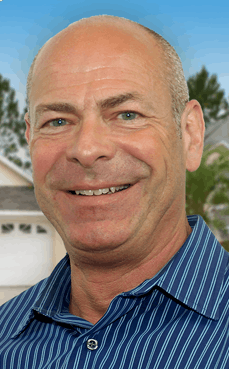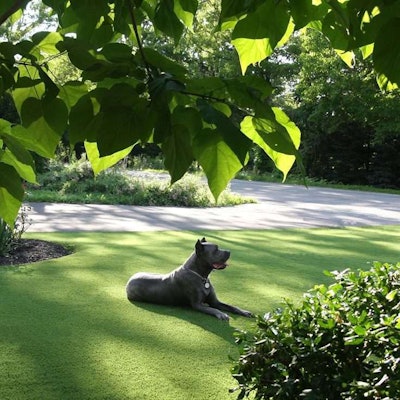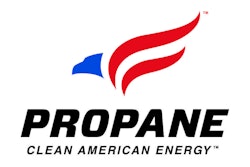 Turfscape handles synthetic turf projects for residential, commercial and municipal government customers.
Turfscape handles synthetic turf projects for residential, commercial and municipal government customers.Photo: Turfscape
The synthetic turf business didn’t just begin on a sports field; it grew up there, too. And while the manufacture, sale and installation of artificial turf has come a long way since the Houston Astrodome opened in the mid-1960s, its use in the ensuing half-century has continued to be dominated by athletic fields.

At Turfscape, a 2-year-old Chicago-based company that specializes in landscape applications of artificial turf, management is poised to see that side of the business come into its own during the next several decades.
Turfscape is a sister company of one of the nation’s most successful corporations from the sports-field side, UBU Sports Inc. But make no mistake: Turfscape is focused entirely on residential, commercial and municipal customers who want to use synthetic turf in the landscape. It’s building its business on the franchise model and inviting landscape contractors to take a close look at what artificial turf can mean for their businesses.
A few years ago, recalls Turfscape CEO Joe Vrankin, he and others with long experience in artificial turf saw that the business was changing: “We just really started seeing an explosion of growth on the landscaping side,” Vrankin said.
A trend that was fast becoming obvious, he said, “had developed under the radar.”
Initially, Vrankin said, the landscaping side of the business was dominated by individual landscaping companies “that may have sort of tripped across it because their customers started asking.”
The most dramatic growth, of course, was in the desert Southwest and California, and synthetic turf installations for the landscape are still growing faster in those states than others. That’s why Turfscape’s franchise outreach has focused on California, Arizona and Nevada, although the company also targeted Florida and Texas early on.
 Joe Vrankin
Joe VrankinThat view is already beginning to change somewhat, the CEO says.
Targeting the states where drought was an issue was a sensible strategy, Vrankin says, “but what we found, as the word got out, is that there was a much broader interest.” To date, he says, “we have received inquiries from 37 of the 50 states.”
Vrankin is convinced that demand for synthetic turf in the landscape is going to continue gaining momentum – and not just in the West. “The reality is, this is a good business opportunity in any state in the country,” he said.
Turfscape wants to be at the center of the trend as it develops, and Vrankin said the quality of its products – the turf itself – combined with the depth of its expertise on proper installation will help the company achieve that.
He’s confident that Turfscape’s two suppliers of synthetic grass produce the highest quality products in the world, so Vrankin points to his company’s knowledge and experience with installation as a key factor in positioning Turfscape to become “the national brand” for the use of artificial turf in the landscape.
“The product is only half,” he says. “Installation is equally important.” That’s true not only for how the project looks upon completion but also for how it looks 10 years later, Vrankin says.
 The company expects homeowners all over the country, not just in drought-prone states, to consider using artificial turf in the years ahead.
The company expects homeowners all over the country, not just in drought-prone states, to consider using artificial turf in the years ahead.Photo: Turfscape
Turfscape franchisees will receive classroom training on the products, selling, customer service and other areas of the business during the first part of the “on-boarding” process, he said.
“Then, in part two, we will provide hands-on (installation) training in the field, bringing in our guys who have an average of 30 years of experience – the one with the least has 23 years,” Vrankin said. “The depth we have in this area is remarkable, and we’re proud of it.”
Asked how Turfscape was progressing in only its second year, Vrankin said the company was doing “very well,” especially considering that most of the first year was devoted to handling the many state filings and other preparations necessary for creating the franchise model.
“We wanted to ensure we took the time to do it right,” Vrankin said, “so we really didn’t begin selling until late last year. We made sure we had the right foundation in place, and now that we do, we are ready to capitalize on the growth we expect to see.”











